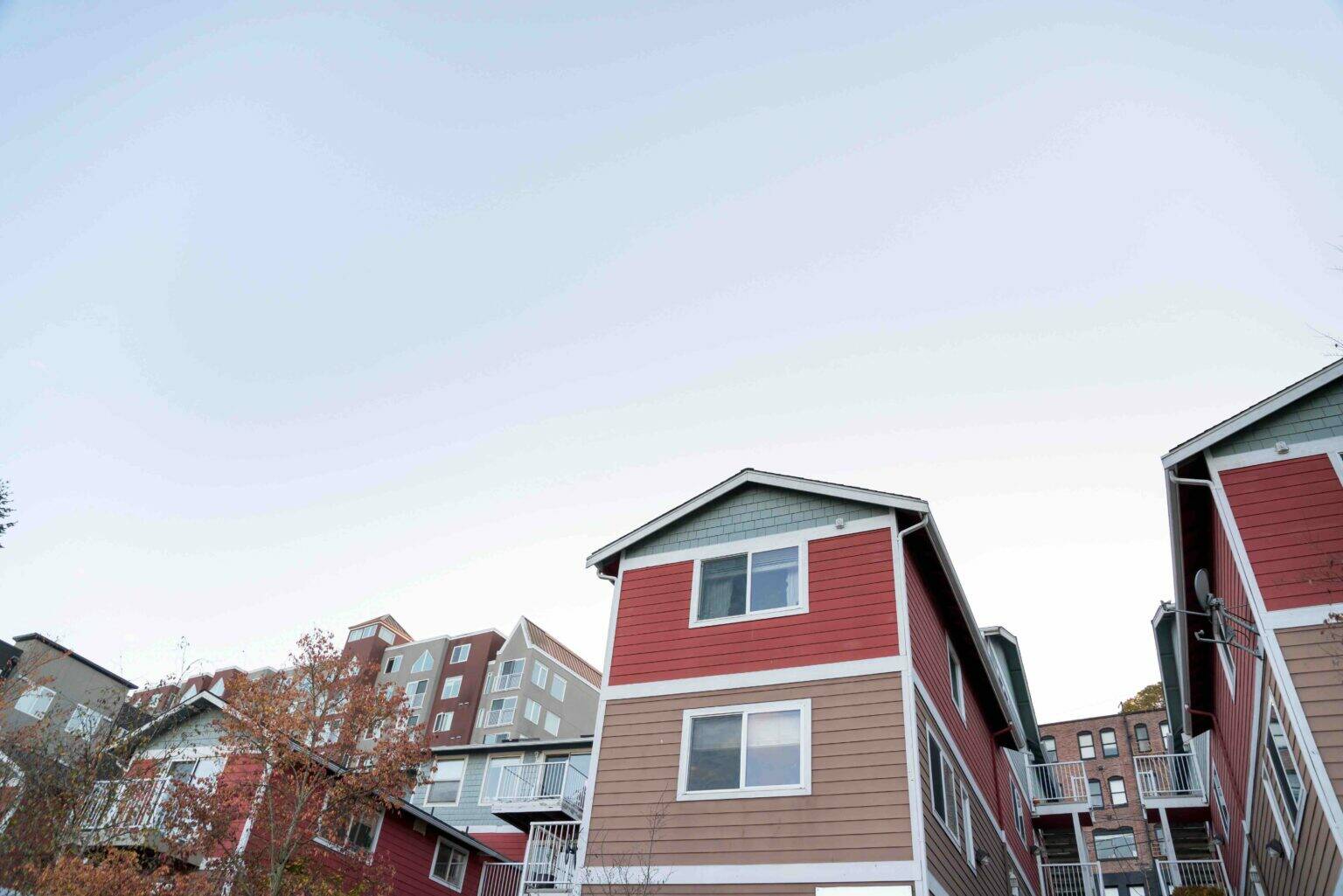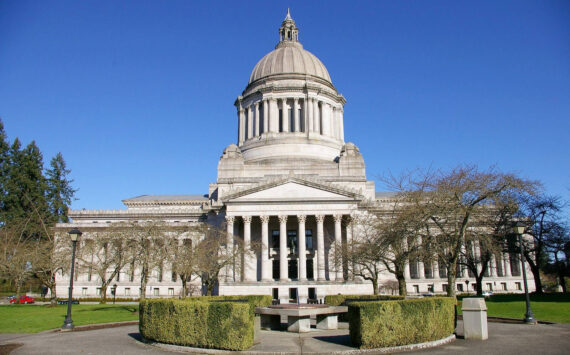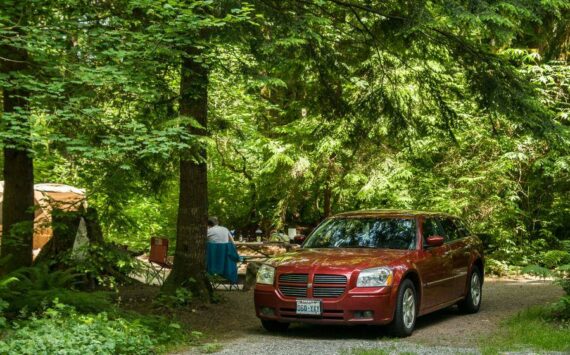Washington is on track to hit some of its housing goals, but homeownership remains expensive, homelessness is growing, and the supply of affordable homes is still running short.
That’s according to a new state report. The Department of Commerce Housing Advisory Plan outlines how Washington has fared with housing since 2015 and what must be done in the next five years to meet the growing need.
While the report recognizes progress in closing racial and ethnic disparities and getting more housing built, it adds: “That progress is uneven and much more work needs to be done.”
Homeownership
Homeownership remains out of reach for many Washington residents as prices have climbed faster than incomes. This gap is getting worse, according to the report.
Since 2015, home prices have increased dramatically in nearly every county.
People of color are still much less likely to be homeowners than white households, but the disparity between the two groups declined slightly since 2015.
Michele Thomas, director of policy and advocacy at the Washington Low Income Housing Alliance, said high rents make it difficult for many families to afford purchasing a home. When a family spends a significant amount of their income on rent, there’s little left to save for a down payment.
“Even middle-income renters are telling us that the dreams their parents had of prosperity, of having stability, of owning their own home feels like a bygone era,” Thomas said.
Renters
Although affordable rental homes are more widely available than a decade ago, the number of subsidized units is still not meeting demand. Washington has 155,214 units for low- or moderate-income households, but as of 2019, the state had more than 700,000 households at this income level, according to the report.
That means there’s about one affordable home for every five households who need one.
About two-thirds of the state’s affordable housing is in the central Puget Sound region, with 42% in King County alone. And in many counties, especially in Grant and Whitman, affordable units decreased compared to need.
When renters face a large rent hike, it’s “nearly impossible” for them to move into housing that’s affordable because it doesn’t exist, Thomas said.
“People are moving from one unaffordable unit to another,” she said.
The Washington Low Income Housing Alliance was among groups that pushed unsuccessfully for legislation last session to cap annual rent increases for residential tenants.
Homelessness
Since 2015, the number of people in Washington spending more than 30% of their income on housing, including utilities, has decreased. Still, more than one-third of households are considered “cost-burdened,” with their rent costs above that threshold. The share is even greater among people of color.
This can leave renters vulnerable to sliding into unstable housing situations and homelessness.
In the last 10 years, the number of people who experienced homelessness continued to rise. In 2016, there were 173 homeless people for every 10,000 residents. In 2020, that number was 180. The problem grew worse in all counties except Clark, Cowlitz, King and Klickitat, the report says. King County saw the biggest per capita decline in homelessness.
Columbia County in southeast Washington saw the largest increase – a 96% jump since 2016. The number of homeless people there is much smaller than in more urban areas.
Although the state has spent hundreds of millions of dollars in recent years on homelessness programs, Thomas said lawmakers have yet to address the root causes, like the lack of affordable housing and sharply rising rents.
Every time a state program helps someone avoid homelessness, Thomas said, more people fall into it.
“It’s this constant churn,” she said.
Housing supply
Housing construction is up. On average, more than 24,000 units were built every year between 2011 and 2015. In the next five-year period, the state averaged almost 41,000 units every year.
Between 2020 and 2023, more than 46,400 units were built every year – slightly above the projected annual need of 46,118.
Even so, in most counties construction of apartments, duplexes and other multifamily options for low- and middle-income households is lagging. Since 2020, the statewide average annual number of new homes constructed for those earning below 80% of median family income was 23,877. That’s compared to the estimated 27,011 units needed.
In the last few years, the Legislature passed bills to expand where middle housing can be built, but it could still be years before the effects are evident given how long permitting and construction can take.
What still needs to be done
The five-year plan includes recommendations for lawmakers, although many will sound familiar to people who know housing policy. For instance, to expand affordable housing, the plan calls for additional funding for developers and nonprofits, opening up more land for construction, and committing dedicated, long-term revenue to affordable housing programs.
The report also recommends loosening local laws to allow more types of housing to be built in more places, speeding up permitting and offering incentives for affordable housing. And it suggests that construction could be helped along with sales and use tax deferrals for building materials, apprenticeship programs and streamlining the state’s building code.
Washington State Standard is part of States Newsroom, a nonprofit news network supported by grants and a coalition of donors as a 501c(3) public charity. Washington State Standard maintains editorial independence. Contact Editor Bill Lucia for questions: info@washingtonstatestandard.com. Follow Washington State Standard on Facebook and Twitter.






